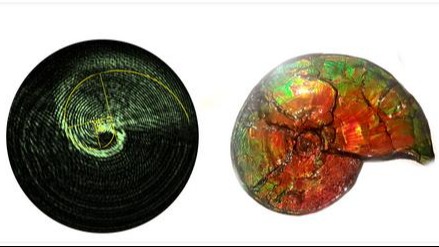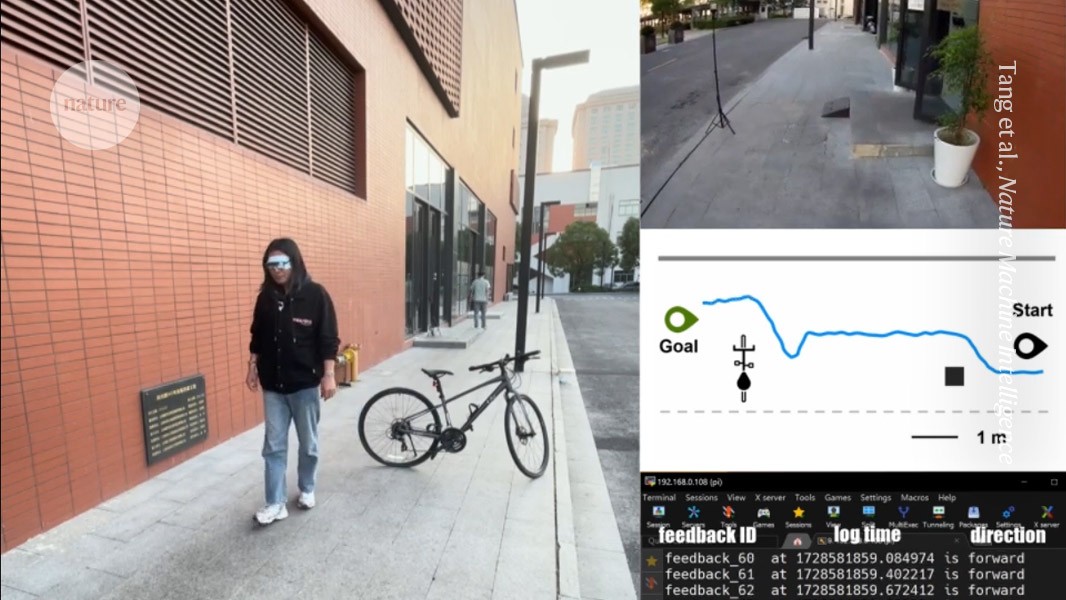
WWW.INFORMATIONWEEK.COM
How CIOs Can Prepare for Tariffs, Recession Fears
Shane Snider, Senior Writer, InformationWeekApril 14, 20254 Min ReadIvan Marc Sanchez via Alamy Stock President Donald Trump’s trade policies -- particularly with major tech exporter China -- stand to have a big impact on IT department budgets. While the saga of back-and-forth tariffs seems far from over, experts say there are ways CIOs can manage budgets to brace for outcomes.CIOs are under tremendous pressure with digital transformation needs rising with demand for GenAI at a fever pitch. With a volatile geopolitical and economic landscape, IT leaders face a real headache when it comes to planning.The ongoing trade saga has many economists warning of a coming recession. Last week, JP Morgan increased their prediction on the likelihood of recession from 40% to 60%, while S&P Global pegged recession probability at 35%.The Trump administration tariff saga began in February, starting with new tariffs on goods from Mexico, Canada and China -- those tariffs were paused for 30 days and reinstated with some exemptions. Earlier this month, the administration announced a new package of “reciprocal” tariffs on dozens of nations, which tariffs on China’s goods rocketing to 34%. After a severe US stock market rout, Trump paused the new tariffs (except) for those on China, sending stocks soaring back.The back-and-forth saw China retaliate, with Trump raising the total import levy for China’s goods to 145%; China shot back with 125% retaliatory tariffs on US imports. Late last week, Trump announced that certain electronics, semiconductors, phones, computers and flat screens would be exempted. However, on Sunday he wavered on semiconductor exemptions, and said that semiconductor tariffs would come soon. It’s unclear how long any exemptions would apply.Related:The trade war seems far from over, as China has so far refused direct negotiations with US leaders.Tech leaders are forced to try to keep up with a fluid situation with budgets that were already tight.The Cost of Trade Chaos“IT infrastructure will likely see significant price increases as major manufacturing nations face high tariff rates, especially in the US,” says Mark Moccia, vice president and research director for Forrester’s CIO practice. “The rising costs could balloon budgets and force CIOs to delay or prioritize the most important projects.”But with uncertainty about where the tariffs will land, IT leaders face a difficult task in adapting for increased costs. “Nobody has a clue where this is going to go,” Moccia tells InformationWeek in a live chat. “And it will change day-to-day. It’s really hard for CIOs to have to adjust in real time like that.”Related:According to Deloitte, IT budgets for companies average 5.49% of revenue. With new AI projects taking a bite out of that spend, increasing hardware costs could be a significant drain on tight budgets. In March, China’s exports jumped 12.4% from a year earlier as businesses stockpile tech and other goods to get ahead of tariff increases, according to Reuters.Large businesses with more cash on hand were in a better position to stock up, Moccia says.What Can CIOs Do?Jim DuBois, consultant, author and former Microsoft CIO, thinks there may be a silver lining.“The willingness to pause tariffs seems to indicate that the tariffs are more a negotiating tactic than something planned to continue,” he tells InformationWeek in an email interview. “CIOs should be opportunistic about needed purchases in the current uncertainty, thoughtful about how they can influence their own company’s pricing, and double down on using AI to drive efficiency and cost savings.”Forrester’s Moccia, co-author of the firm’s report, “Technology Leaders: How to Thrive Through Volatility,” cautions against knee-jerk cuts that could impact the company’s prospects.“CIOs and other tech leaders will need to proactively analyze costs, diversify sourcing, optimize inventory and prioritize the projects that don’t sacrifice critical AI ambitions,” Moccia says, adding that staff reduction should be the last resort. “We urge CIOs to lean more heavily into other methods of spend optimization before drastically reducing labor expenses. Minimizing cuts to IT staff will allow for existing personnel to buy down more technical debt [and] improve data management capabilities to set up AI deployments for success.”Related:Moccia says IT leaders can use lessons learned during the COVID-19 pandemic.“We were in kind of a similar situation where we just didn’t really know where it was going -- with economic chaos in the markets and supply chain constraints,” he says. “And those persisted for a while. So, you did see some similar behaviors where organizations that were thinking ahead and had the capital went out and bought a ton immediately and brought it in-house. They had what they needed to execute. And others just sort of paused, or maybe they didn’t have the capital to take advantage. It’s a similar scenario.”About the AuthorShane SniderSenior Writer, InformationWeekShane Snider is a veteran journalist with more than 20 years of industry experience. He started his career as a general assignment reporter and has covered government, business, education, technology and much more. He was a reporter for the Triangle Business Journal, Raleigh News and Observer and most recently a tech reporter for CRN. He was also a top wedding photographer for many years, traveling across the country and around the world. He lives in Raleigh with his wife and two children.See more from Shane SniderWebinarsMore WebinarsReportsMore ReportsNever Miss a Beat: Get a snapshot of the issues affecting the IT industry straight to your inbox.SIGN-UPYou May Also Like
0 Commentarii
0 Distribuiri
83 Views











